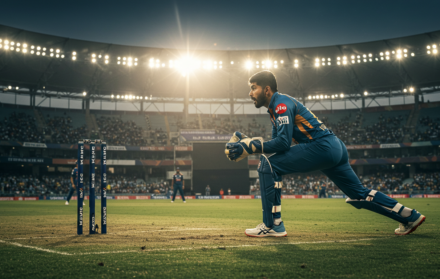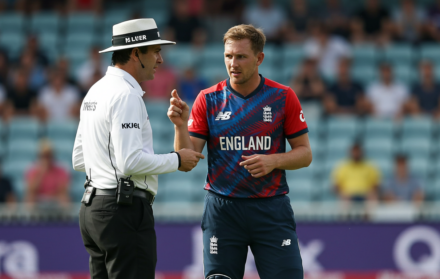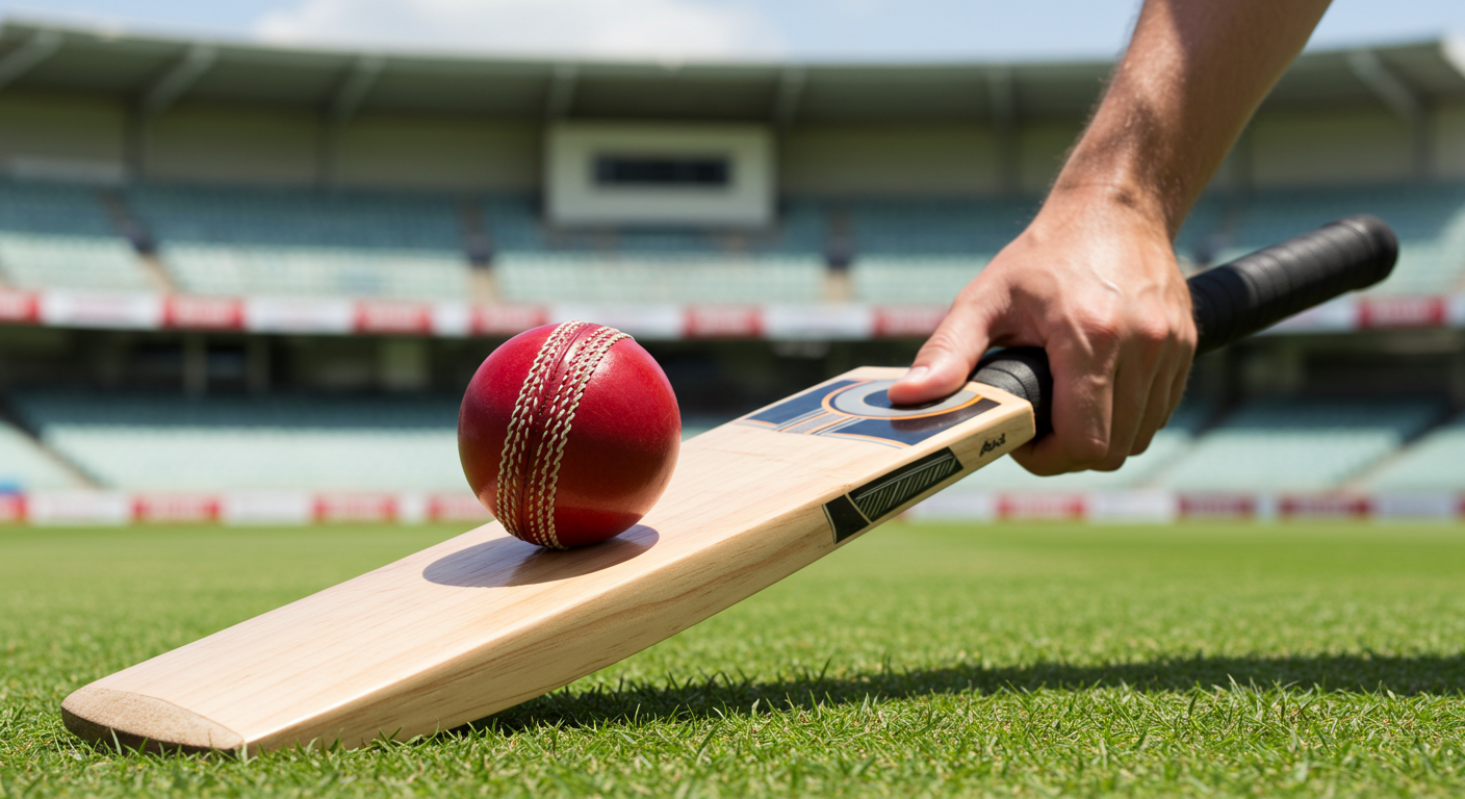
T20 Batting Tips for Power Hitters
Power hitting is the heartbeat of T20 cricket. From the moment the first ball is bowled, batters are expected to take risks, clear boundaries, and shift momentum in a matter of overs. It’s not enough to have good technique — modern T20 batters need to blend brute force with smart decision-making. Whether you’re a top-order blaster or a death-over finisher, mastering the art of power hitting can be the difference between a good player and a game-winner.
But raw power alone isn’t enough. Timing, intent, match awareness, and body positioning all play a part. Even the best in the game — players like Andre Russell, Glenn Maxwell, and Nicholas Pooran — train meticulously to fine-tune their approach for different match scenarios. They understand when to swing hard and when to wait for the right ball. That blend of patience and aggression is what separates sloggers from true power hitters.
In this guide, we’ll break down the most practical and effective T20 batting tips specifically for power hitters. Whether you’re playing club cricket or eyeing franchise opportunities, these tips are designed to boost your impact and help you dominate at the crease.
1. Build Your Base: Power Starts from the Ground Up

Every big shot begins with a strong stance. Power hitters often overlook their base in favour of upper-body strength, but without balance and footwork, even the strongest arms won’t send the ball very far. A stable base allows you to generate momentum, stay grounded through the shot, and adjust for pace or length.
Focus on a slightly wider stance than your usual setup — this gives you better control and helps anchor your body during explosive swings. Your front foot should open up the hips, while the back foot remains rooted to provide torque during rotation. The goal isn’t to be rigid, but ready — like a coiled spring waiting to launch.
Drills like medicine ball throws and resistance band work can improve your lower body strength and rotational power. Practise weight transfer too — moving from back foot to front foot without losing shape is crucial when hitting straight or through midwicket.
If you’re serious about adding muscle to your game, mastering your stance and footwork should be your first priority. Among the most overlooked T20 batting tips, this one lays the foundation for every successful big-hitting innings.
2. Know Your Zones and Target Them Ruthlessly
Every batter has preferred hitting zones — areas where the ball feels like it’s flying off the bat. The key to becoming a consistent power hitter is knowing exactly where yours are, and building your game plan around them. Are you strongest over midwicket? Do you love anything full outside off? Then force bowlers into those zones — or punish them when they land there by mistake.
This doesn’t mean you should wait passively. Great hitters manipulate the field and bowlers’ minds. They shift across the crease, open the face, or move back in the stance to turn a good ball into a hittable one. A yorker can be dug out if you’re deep in the crease. A slower ball outside off can be scooped if you’ve practised it.
Use throwdowns, bowling machines, and video analysis to track your success in different areas. Build drills that reinforce muscle memory for those shots, then slowly introduce variables like spin, pace changes, and field setups.
If you’re aiming to convert your brute force into runs under pressure, one of the smartest T20 batting tips is this: play to your strengths, but know them inside out.
3. Nail the Timing, Then Add the Power
It’s tempting to think the hardest hitters simply swing the biggest bats — but in reality, timing beats brute strength more often than not. When you time the ball sweetly, it travels with far less effort and far more consistency. That’s why even smaller players like Suryakumar Yadav or David Miller can clear boundaries with ease.
Instead of muscling every shot, focus on your hand-eye coordination. Watch the ball closely, stay compact, and hit through the line. Once your timing is solid, you can begin layering in power — using core rotation, bat speed, and follow-through to add distance. Think of it as building from the inside out, not swinging from the heels.
Net sessions with lighter bats can sharpen your timing, while strength training adds to your long-term power. Use sidearm throwdowns or tennis-ball drills to develop quick hands. And never underestimate the value of shadow batting — it helps you rehearse rhythm without fatigue.
Of all the practical T20 batting tips, mastering timing is the one that unlocks all others. Without it, power becomes guesswork. With it, you become a calculated threat.
4. Play the Situation, Not Just the Shot
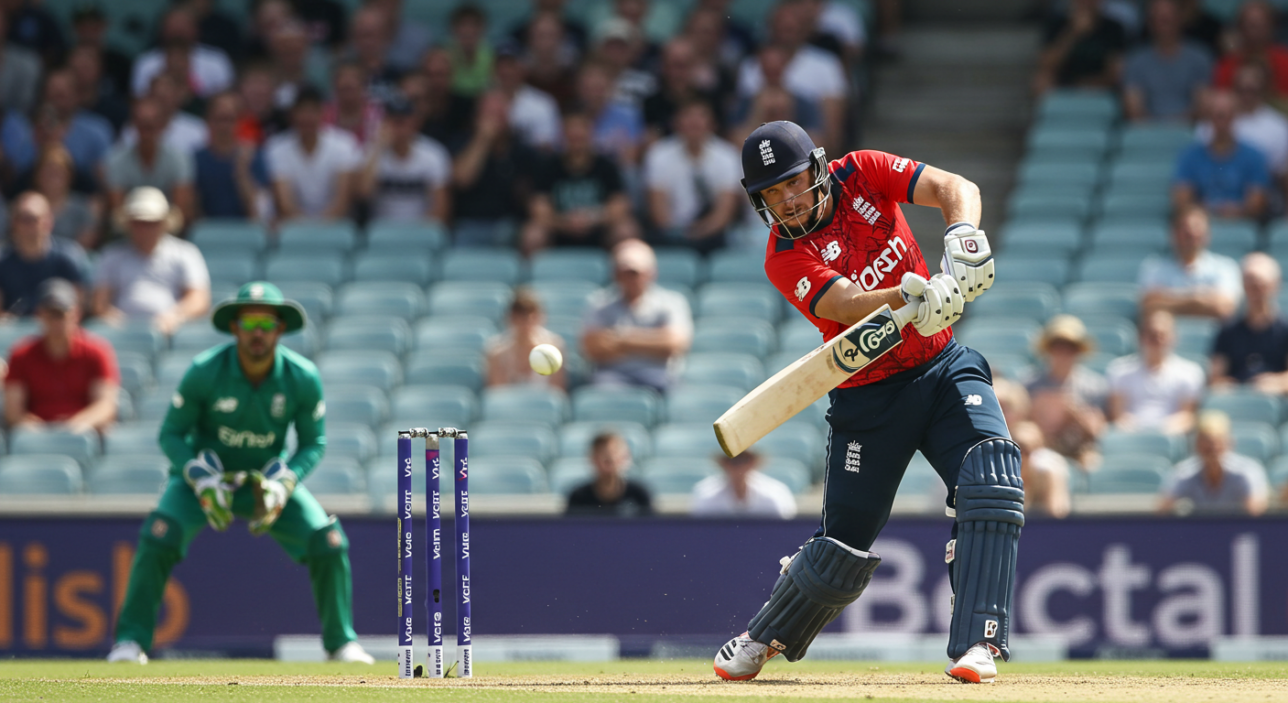
One of the biggest mistakes power hitters make is trying to play the same way in every match. But conditions change. Bowlers adapt. Fields move. If you want to score big and stay in, you need to learn when to unleash and when to hold back.
Reading the game is as much a part of big hitting as raw ability. Are you in during the powerplay with only two fielders out? That’s your licence to attack. But if you’ve just lost two wickets and the bowlers are on top, sometimes knocking it around for a few deliveries can reset the momentum.
Knowing the situation helps you pick the right matchups too. Target the fifth bowler, not the main spinner. Wait for the medium pacer instead of going after the gun quick. Great hitters don’t just swing — they choose who and when to hit.
Some of the most valuable T20 batting tips focus not on technique, but on thinking. Power hitting is as mental as it is physical. By playing the game, not just the ball, you give yourself the best chance of staying in — and striking big when it really counts.
5. Practise Death Overs with Purpose
There’s no greater test for a power hitter than the final five overs of a T20 innings. Yorkers, slower balls, fielders on the rope — everything is designed to stop you scoring freely. To thrive in these moments, you need to train specifically for them.
That means replicating pressure in practice. Set yourself targets: 40 runs in the last 3 overs, 2 sixes off the final 4 balls, etc. Use bowlers or sidearms who mimic death-overs deliveries — wide yorkers, back-of-a-length slower balls, and off-pace bouncers. Learn to sweep, ramp, or even bunt the ball if it means rotating strike and keeping your partner going.
You should also work on hitting to all parts of the ground. If you’re limited to one or two zones, good captains will shut those down. But if you can hit square, straight, and behind — suddenly they’re guessing, not you.
In pressure moments, power alone isn’t enough. Control, improvisation, and calm decision-making separate sloggers from finishers. Among the most valuable T20 batting tips for power hitters is this: train like you’re in the last over, and when the real thing comes, you’ll already feel at home.
6. Rotate Strike Between Big Shots
Power hitting isn’t about swinging every delivery to the boundary. The best T20 batters know when to settle for one, two, or even a hard-run three. Strike rotation keeps the scoreboard ticking, builds pressure on the opposition, and ensures you’re not trying to hit sixes off every ball.
Too often, batters get stuck trying to overhit deliveries that aren’t in their zone. A good fielding unit picks up on this quickly, cutting off your options and turning a dry patch into a collapse. That’s why you must be just as comfortable working the ball into gaps as you are putting it into the stands.
Good strike rotation also gets your partner into rhythm and keeps bowlers from settling. If you’re facing a bowler who has your number, nudging a single and switching ends can be smarter than taking them on.
One of the more underrated T20 batting tips is this: smart hitting includes smart running. Not every delivery needs a boundary. If you pick up 8 or 9 singles in a two-over spell, you’ve still added value — and left yourself better placed to capitalise when the bad ball comes.
7. Develop One Signature Shot You Can Trust
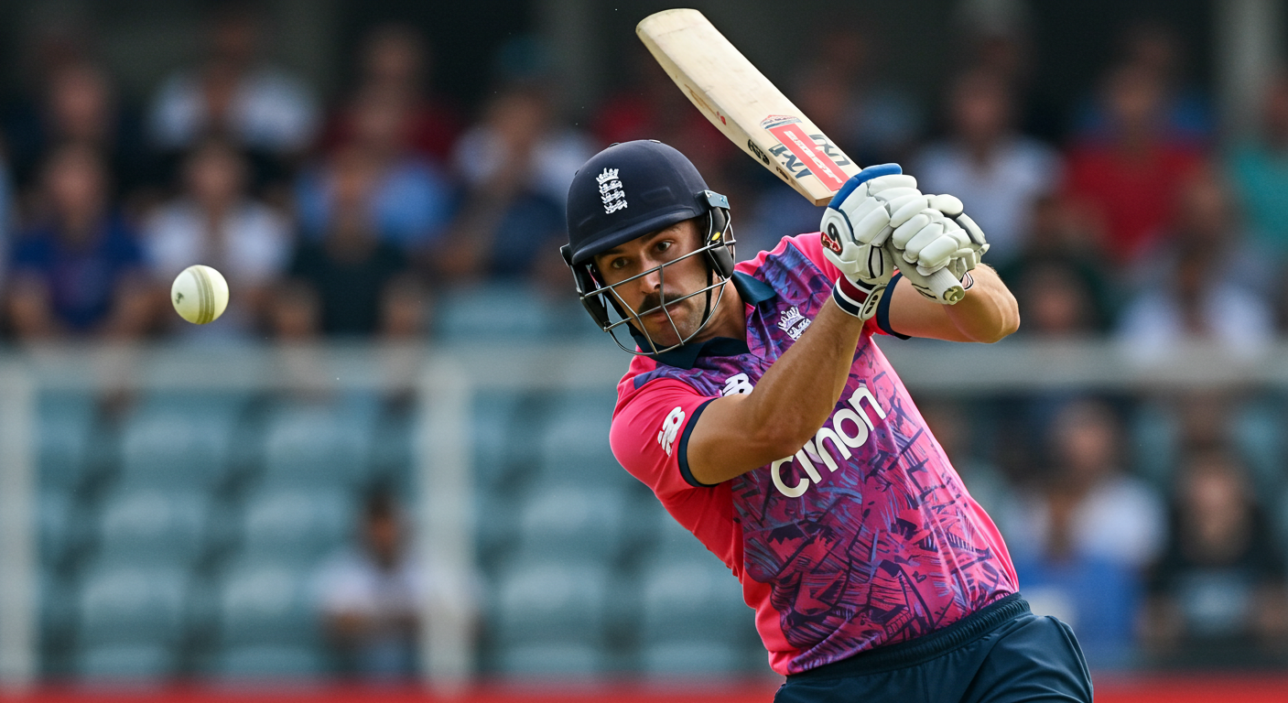
Every great power hitter has at least one go-to shot. Whether it’s Andre Russell’s slog over midwicket, Jos Buttler’s ramp over short fine leg, or Glenn Maxwell’s reverse sweep, that signature option becomes a reliable weapon — especially under pressure.
Developing your own doesn’t mean forcing something unnatural. Instead, think about the shot that feels most comfortable when the field is spread and the bowler’s trying to outthink you. Maybe it’s a pickup flick, a straight drive with elevation, or a short-arm jab square of the wicket. Practise it obsessively. Know when to use it, what lengths suit it, and how to execute it under fatigue.
Having a signature shot gives you confidence when the run rate spikes. It also gives bowlers something to fear — they know you can clear the ropes without overreaching. That changes their length, their pace, and their line.
Among all the T20 batting tips offered to power hitters, this one adds a psychological edge. Because in the biggest moments, when the crowd is loud and the game is tight, you need one shot you can count on — every single time.
8. Read the Bowler’s Intent Early
Big hitting isn’t just about raw reaction time — it’s about anticipation. The world’s best finishers can often predict what’s coming before the bowler has even let go. Whether it’s a slower ball, a yorker, or a wide variation, the ability to pick up subtle cues can be the difference between sending the ball over the fence or back to the pavilion.
Watch the run-up, the grip, and the angle of the seam. Some bowlers telegraph changes of pace by altering their wrist position or bowling arm speed. Others use certain field settings to hint at the plan. A deep square leg and long-on? Probably a short ball or something into the body. Third man up? Expect something wide.
Training your eye to spot these clues takes time, but video analysis and match footage can accelerate your learning. Slow down clips. Watch similar bowlers. Ask teammates what they’ve picked up.
Many T20 batting tips focus on power and technique, but this one is about feel and awareness. Reading the bowler gives you a half-second head start — and in T20 cricket, that’s often all you need to change the game.
9. Condition Your Mind Like You Condition Your Body
Power hitting isn’t just physical — it’s mental warfare. Fatigue, scoreboard pressure, noisy crowds, and unpredictable conditions all test your mindset. If your head’s not in the right place, your arms won’t follow. That’s why mental preparation is just as vital as nets or gym work.
Visualisation is a proven method. Picture the bowler, the field, the noise, the pressure. Imagine yourself nailing that last-over six, not just once, but on repeat. It builds familiarity — so when the real moment comes, it feels like you’ve already lived it.
Mindfulness techniques also help sharpen focus. Simple breathing exercises between deliveries can reset your mind, block out distractions, and keep emotions in check. A calm head sees the ball better and makes clearer decisions.
Some of the most overlooked T20 batting tips relate to mental strength. Power hitters who stay composed often outlast those who burn hot early but fizzle under stress. Confidence comes from preparation — both technical and psychological. Put in the mental reps, and your bat will follow.
Conclusion: Mastering Power Hitting with the Best T20 Batting Tips
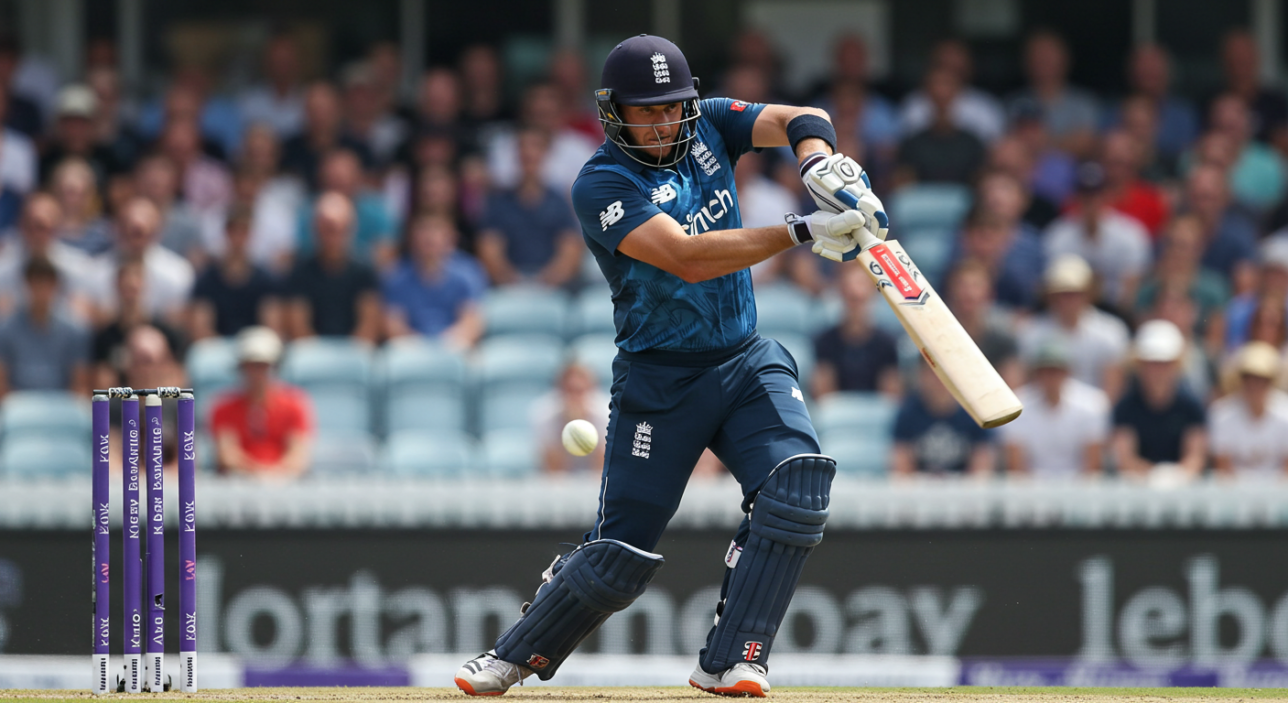
Power hitting is one of the most thrilling aspects of T20 cricket — but it’s far more than a brute-force exercise. To consistently deliver big scores and game-changing moments, you need structure, awareness, and discipline built into every shot you play.
From refining your stance to reading the bowler’s cues, each piece adds a layer of control to your aggression. Great power hitters don’t just swing hard; they swing smart. They know their scoring zones, play to the field, manage the scoreboard, and pace their innings with strategic intent. Physical strength helps, but game intelligence and mental clarity elevate you to elite status.
Ultimately, all effective T20 batting tips point to one thing: adaptability. The format is unforgiving. One bad shot, one mistimed swing, and your innings can be over. But the best hitters stay in control — of themselves, the match situation, and their technique.
If you want to go from a hard-hitter to a match-winner, remember this: power is the result of everything working in harmony. Get the small things right, and the big hits will follow.
